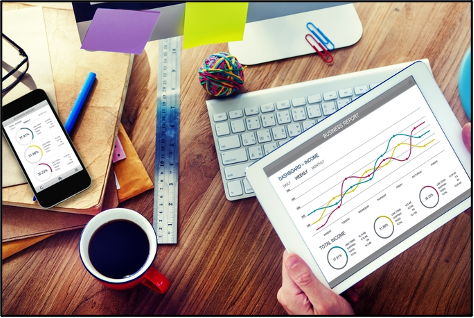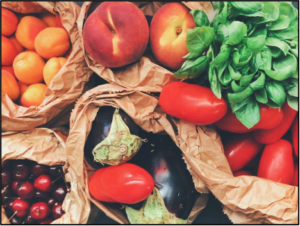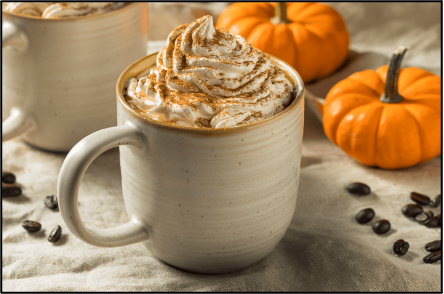By Brian P. Dunleavy, Oct. 2 (UPI)
Telemedicine is on the rise during the pandemic, but not all medical services can move online, researchers say.
The number of in-office visits to primary care physicians in the United States were 50% lower in the spring compared with the same periods in 2018 and 2019, a study published Friday by JAMA Network Open found.
At the same time, more than 35 million telemedicine consultations — in which patients communicate with their doctors by phone or online — were held in April, May and June, a 30-fold increase over previous years, the data showed.

While some medical services can be performed remotely, rates of important tests such as blood pressure and cholesterol monitoring fell by up to 50% across the country, as the public avoided doctors’ offices and other healthcare settings because of the COVID-19 pandemic, the researchers said.
“These are large, clinically important declines involving two of the most fundamental elements of primary care — the prevention of heart attacks and strokes,” study co-author Dr. G. Caleb Alexander told UPI.
RELATED Kids with special needs are struggling to receive good care during pandemic.
“Telemedicine may be very suitable for some types of primary care, but it is very limited for others,” said Alexander, a practicing internist and professor of epidemiology at the Johns Hopkins Bloomberg School of Public Health.
As the COVID-19 pandemic spread to the United States in February and March, many medical practices discouraged non-essential health visits or closed offices altogether and moved many services online.
In their analysis, Alexander and his colleagues reviewed primary care consultations in the United States, by quarter, for 2018, 2019 and the first half of 2020.
RELATED Telehealth is skyrocketing among older adults.
In 2018 and 2019, during each quarter, or three-month period, between 120 million and 130 million in-office visits to primary care practices occurred across the country.
However, in the first quarter of 2020 — January, February and March — this figure fell to roughly 118 million, the data showed.
In the second quarter of this year — April, May and June — it dropped again to just over 99 million, the researchers said.
RELATED The Telemedicine boom may outlast COVID-19 pandemic.
Meanwhile, telemedicine consultations, which accounted for approximately 1% — or about 1.4 million per quarter — of all primary care appointments in 2018 and 2019, increased four-fold — to just over 4 million visits — in the first quarter of this year and 30-fold — to just over 35 million visits — in the second quarter.
Because certain tests cannot be performed remotely, the number of blood pressure assessments performed across the country fell by 50% in April, May and June, compared with the same period in 2018 and 2019, the researchers said.
Similarly, cholesterol testing dropped by 37% over the same period, they said.
“Our findings suggest that one potential collateral effect of the pandemic — in addition to the direct harms — may be poorer assessment and control of cardiovascular risk factors like blood pressure and cholesterol, and potentially, higher rates of heart disease as a consequence,” Alexander said.
“Telemedicine is here to stay, but I think it is highly unlikely that it will replace face to face care because there is simply too much that is important that can’t be done through a webcam,” he said.








